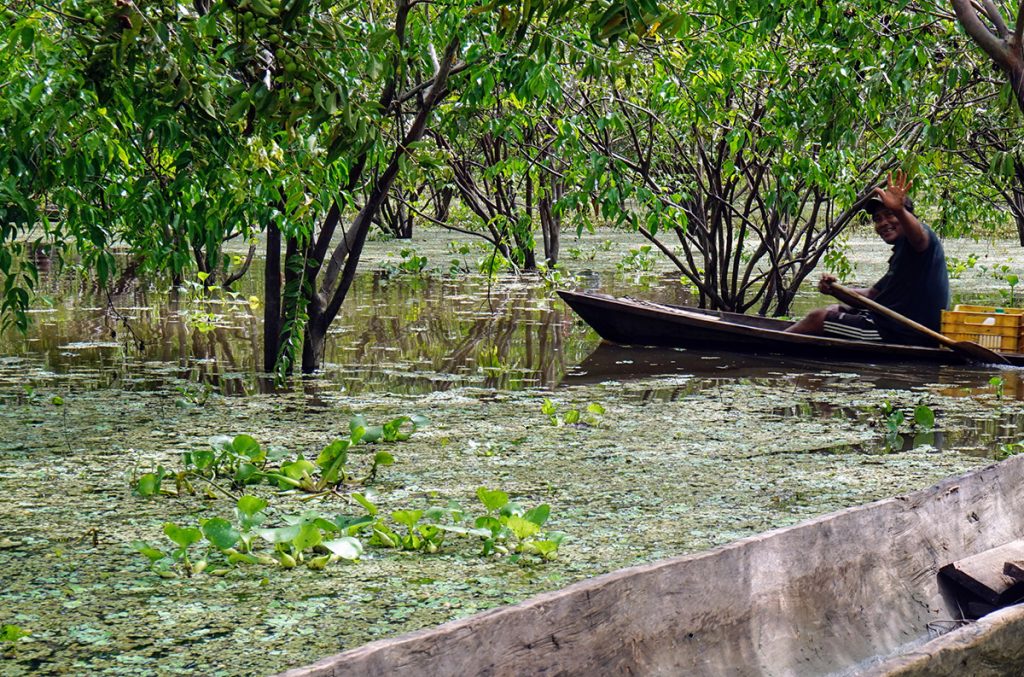Because the benefits of camu camu are highly sought after by today’s consumers, we, at Aymara Food, felt it was important to meet the producers of this fruit grown in Peru.
In April 2018, the Aymara Food team travelled to Pucalpa to visit the camu camu plantations in the heart of the Amazon rainforest.
Once there, we met Doña Maria, a Peruvian woman fascinated by the history of camu camu. Continue reading to find out more about this superfood.
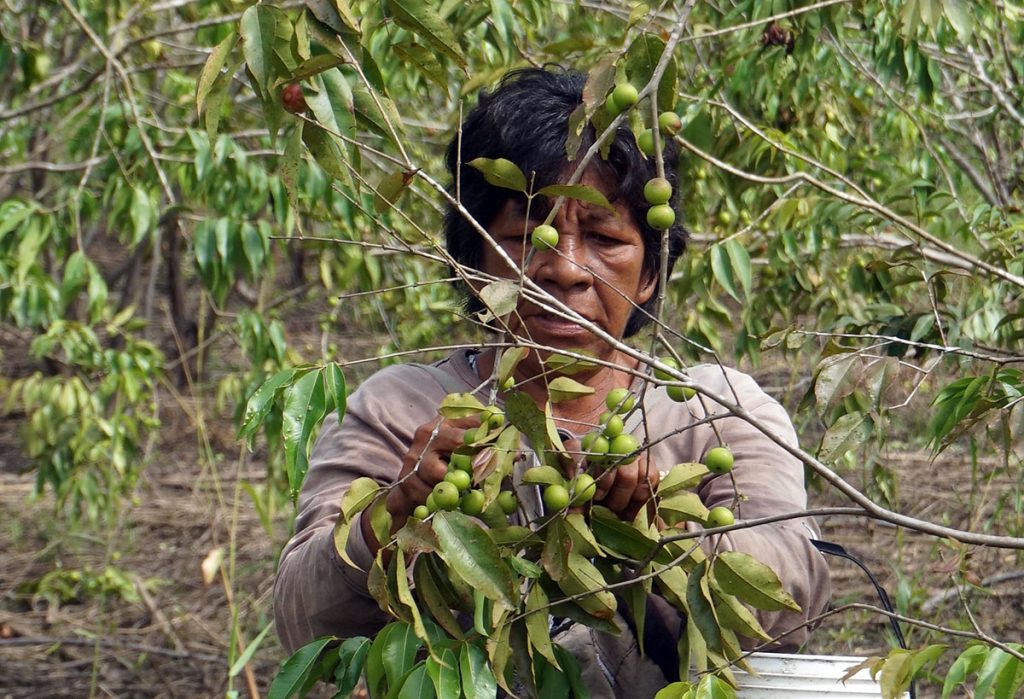
Camu camu: the superfood used by Peruvians for millennia has become one of the world’s most exported berries…
Camu camu, a small berry that grows and grows…
The camu camu is a tree that measures between 3 and 4 meters high and grows mainly in the Amazonian rainforest, near rivers. Camu camu is a small berry type fruit that is 4cm in diameter, red-orange in colour and has a tangy taste. Naturally rich in vitamin C, camu camu berries are also known for their antioxidant properties.

The company decided to venture into the national market with three mixtures in powder form: camu camu and passion fruit, camu camu and mango, camu camu and purple corn.
Despite all its best efforts and a sizeable investment, natural powder-based, soluble drinks do not appeal to Peruvians.
Peru invests in the production of camu camu
Backus then turned to INEA (Peru’s aquatic research and training institute) to find solutions to market the entire camu camu production and improve the living conditions of small growers.
At this point in the story, Doña Maria tells us that back then this magical fruit was growing everywhere. However, the inhabitants did not realise that their plantations were full of camu camu with cherry-like fruit!
This explains why the Peruvian government decided to help the farmers of Peru. It showed them how to organise their plantations and demarcate their plots to harvest the camu camu berry and thereby improve their lives.
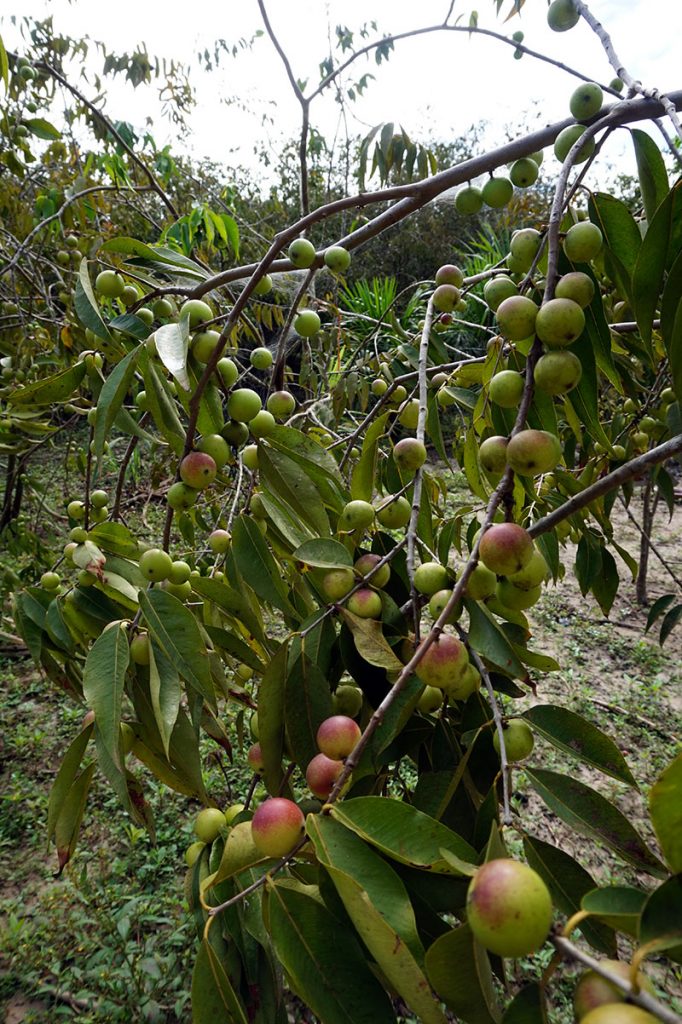
Doña Maria adds that, back then, camu camu was grown in a natural and 100% organic way. Indeed, camu camu is very resistant and does not require any special treatment.
In the meantime, the Peruvian government began developing demonstration plots in three natural areas, in Pucalpa and Iquitos. The project, led by biologists and agronomy engineers, lasted ten years, coinciding with a seasonal production of about six months a year.
Backus abandoned the marketing of its drinks and lost interest in the project. INEA now manages camu camu production alone.
Camu camu: an international revelation
In 2002, the Japanese discovered the camu camu berry and showed a special interest in the natural health benefits of this very small fruit. A negotiation between the Japanese and the Peruvian government then ensued to import camu camu into their country. INEA accepted, and so the international export of camu camu begun.
Doña Maria remembers the first Japanese order of 40 tons of frozen camu camu pulp as though it was yesterday.
“At first, we exported frozen pulp so that the Japanese could mix it with other fruits and offer fresh fruit juices in their supermarkets.”
In the space of just four years, deliveries reached 400 tons! Solutions then needed to be found to increase camu camu production, as orders became regular and volumes increased.
INEA then suggested exporting the clarified fruit in powder form. More concentrated and lighter than frozen pulp, the export of camu camu became more and more profitable.
Camu camu powder is of particular interest to pharmaceutical companies that market the benefits of this fruit in capsule form as a food supplement.
Today, about 1,400 hectares of camu camu are destined for international export to Japan, the United States, Canada, Europe and China.
A new and emotionally-charged experience
Doña Maria was kind enough to suggest that we get into her canoe to help her harvest the camu camu berries located along the riverbank. The members of the Aymara Food team found out what a time-consuming and difficult job it was.
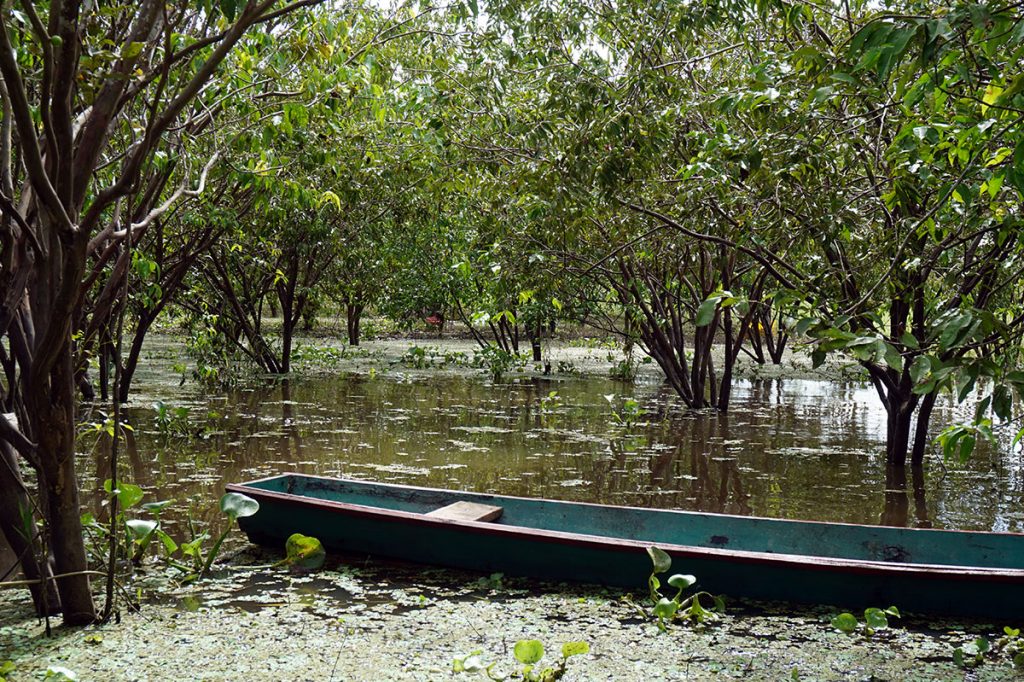
Picking camu camu berries required us to stand up in the small canoe, which moved with our every movement. We mimicked Doña Maria’s gestures and gently picked the berries one by one, from tree to tree. We ended up filling two buckets that we had taken with us.
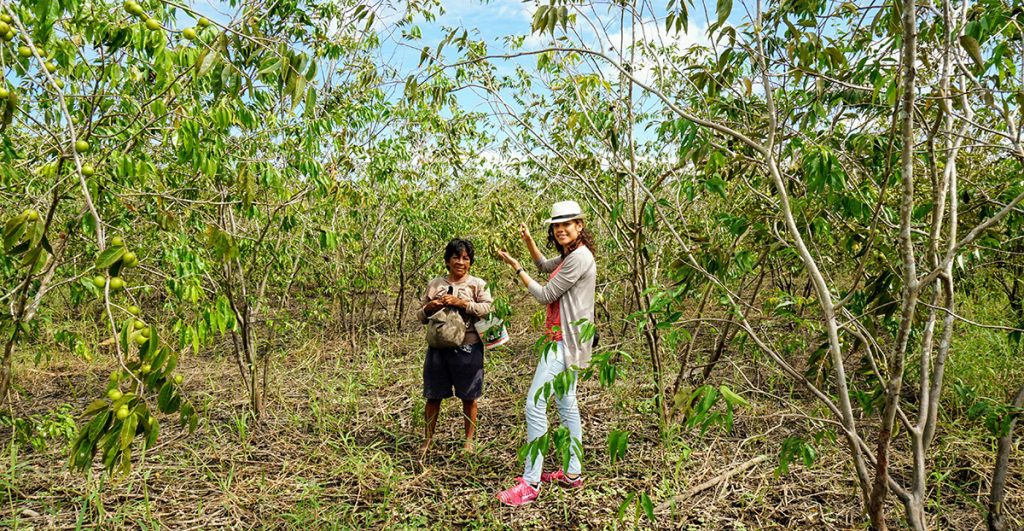
In conclusion, the experience of delving into the wonderful world of camu camu was unforgettable and emotionally-charged for the Aymara Food team!
Muchas gracias por la visita Maria y hasta pronto.
